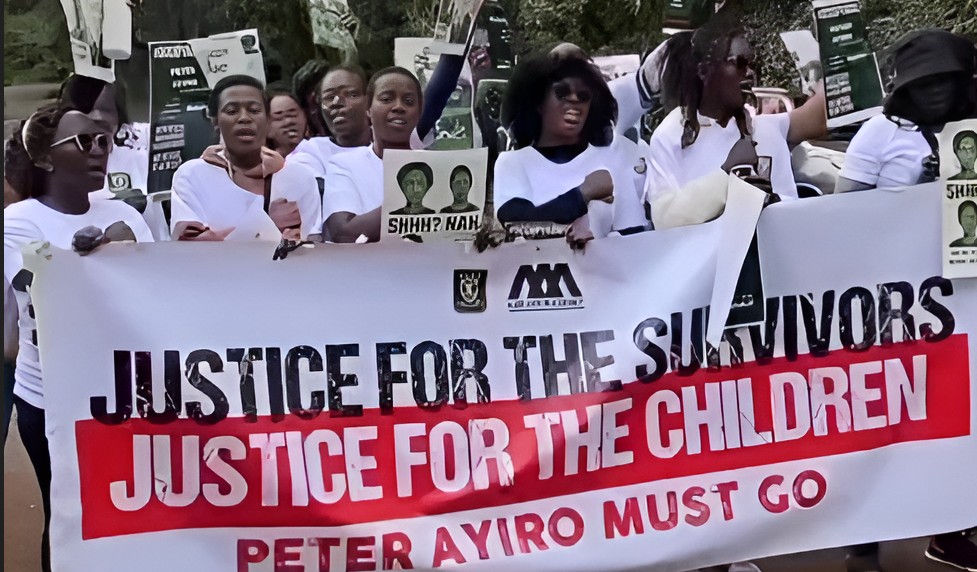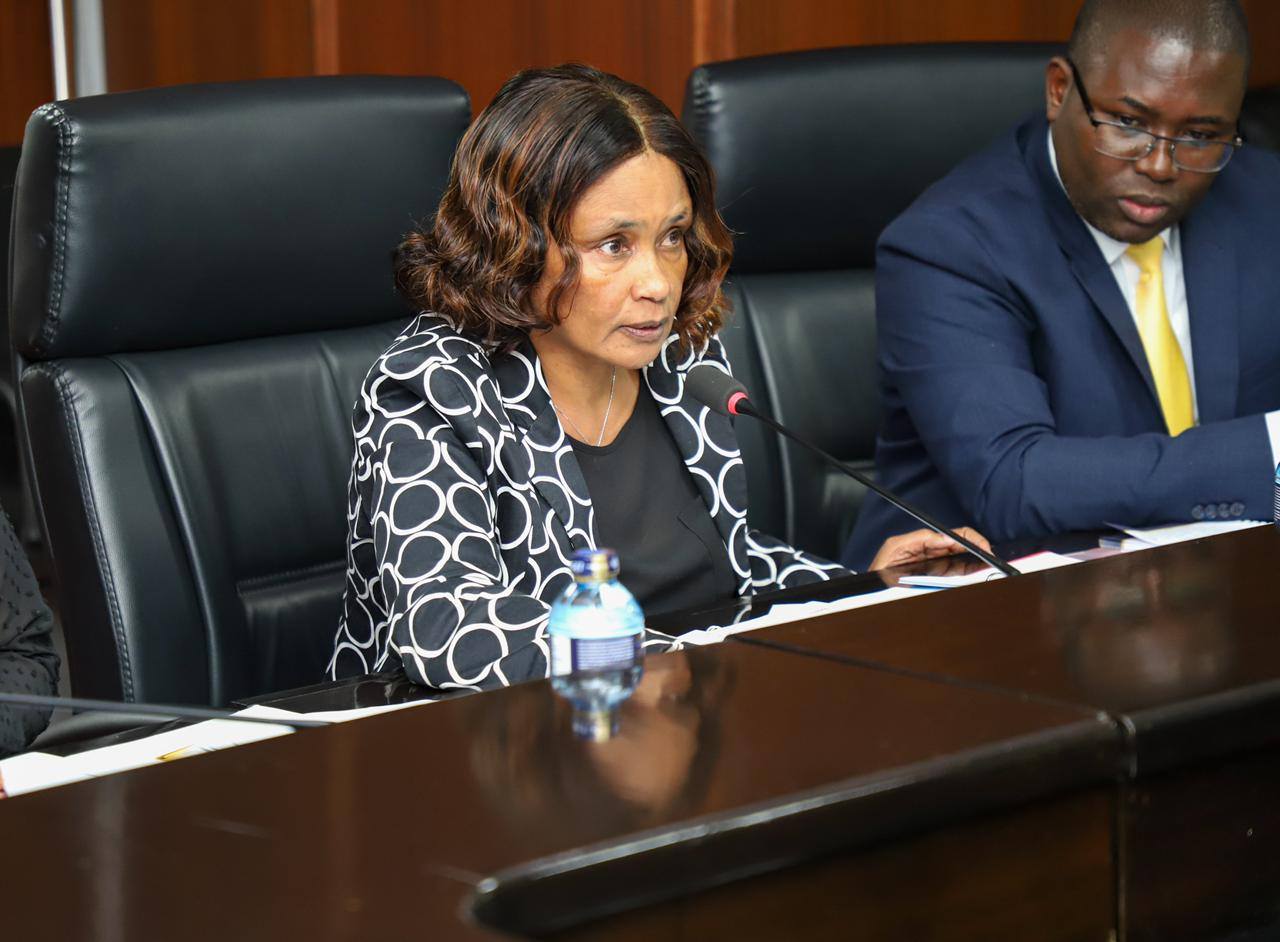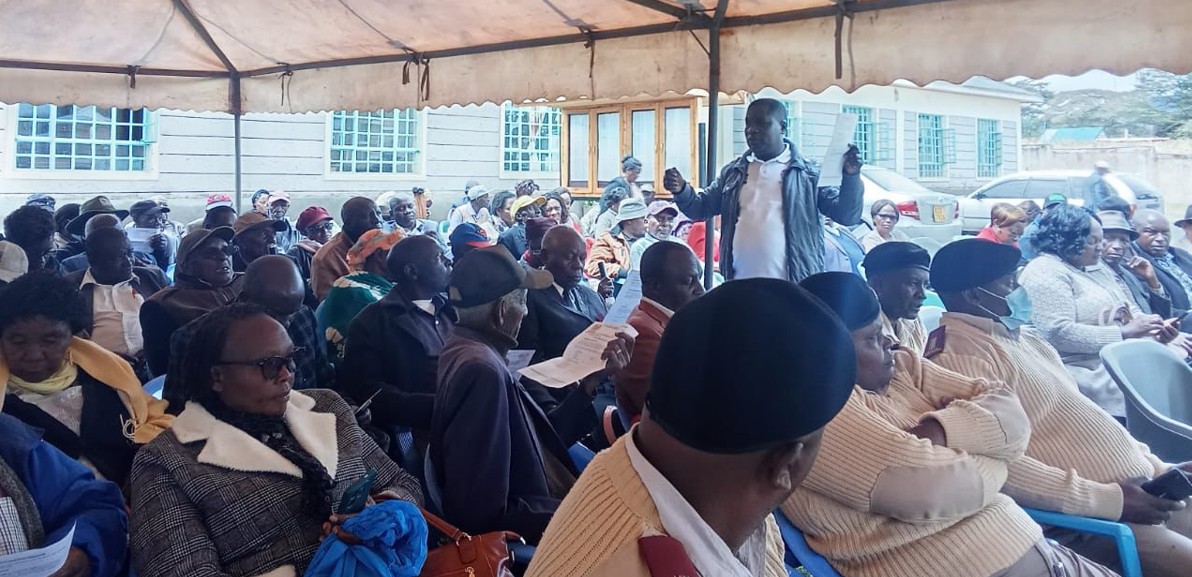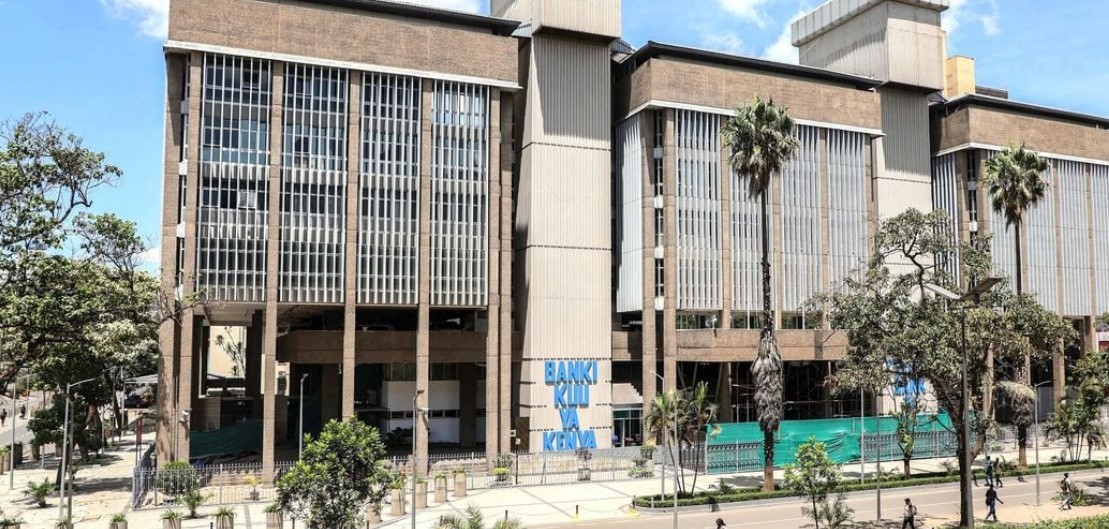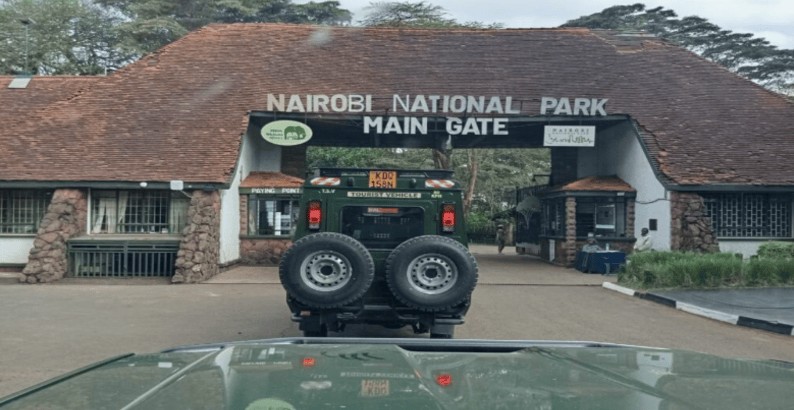Situation in southern Gaza ‘horrific and apocalpytic’ - WFP
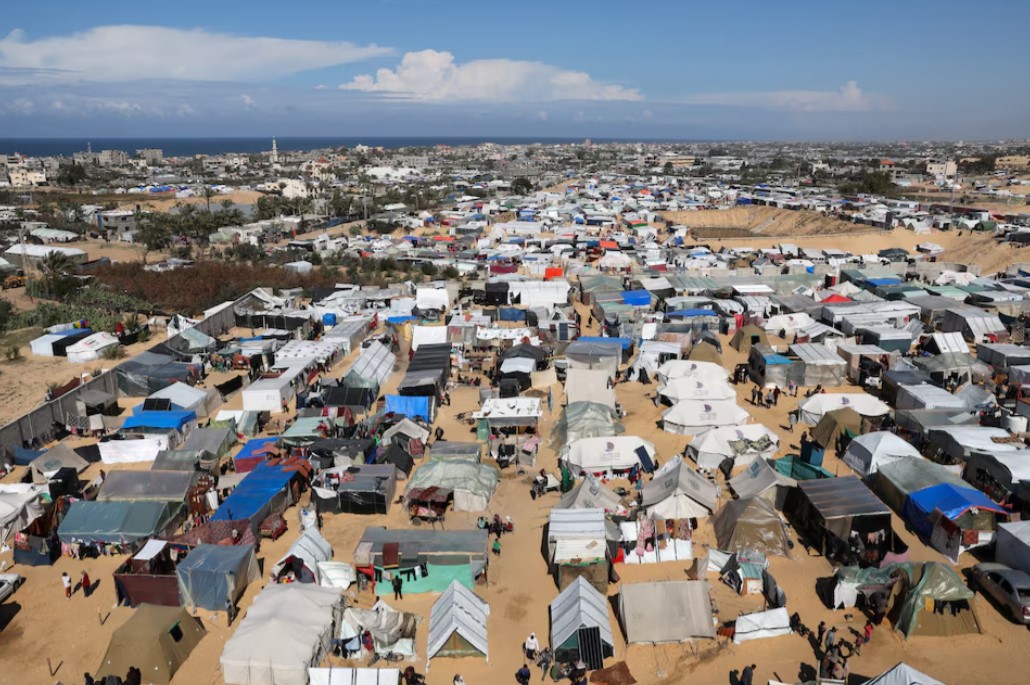
From May 7 to May 20, not a single WFP truck crossed from the southern corridors from Egypt into Rafah.
Aid corridors in southern Gaza must be fully opened to allow the entry of food, fuel and other desperately needed relief items, a senior official with the World Food Programme (WFP) has said.
Matthew Hollingsworth, WFP Country Director in Palestine, warned on Friday that with limited access to the south “we will no doubt see what we saw happen in the north in the first months of the war”.
More To Read
- The moral bankruptcy of the West
- Egypt won’t accept security changes on Gaza border, foreign minister says
- Israel and Hezbollah in major missile exchange as escalation fears grow
- Blinken to renew push for Gaza ceasefire; Israel launches fresh strikes
- The Geneva Conventions at 75: Do the laws of war still have a fighting chance in today’s world?
- US publicly announces submarine move to Middle East amid Israel-Iran tensions
Hollingsworth recently spent 10 days in Gaza. Speaking from Jerusalem, he told journalists in New York that people in the enclave “really are at their wits’ end”.
A horrific 'exodus'
He said the “exodus” from Rafah over the past 20 days “has been an awesome and horrific experience for many, many people." Most have been displaced several times over and had thought they would be staying in a safe area for the remainder of the war.
They have fled to areas where clean water, medical supplies and support are insufficient, food supply is limited, and telecommunications have stopped.
“Public health concerns are beyond crisis levels” and “the sounds, the smells, the everyday life, are horrific and apocalyptic”, he said
“People sleep to the sounds of bombing, they sleep to the sounds of drones, they sleep to the sounds of war as now tanks roll into parts of central Rafah, which is only kilometres away. And they wake to the same sounds."
Immense needs
Meanwhile, humanitarians have seen ever-decreasing amounts of assistance coming in, and WFP bakeries in Rafah have closed due to a lack of fuel and supplies.
 Palestinians gather to receive food cooked by a charity kitchen, amid shortages of aid supplies, after Israeli forces launched a ground and air operation in the eastern part of Rafah, as the ongoing conflict between Israel and Hamas continues, in Rafah, in the southern Gaza Strip May 8, 2024. (Photo: REUTERS/Hatem Khaled)
Palestinians gather to receive food cooked by a charity kitchen, amid shortages of aid supplies, after Israeli forces launched a ground and air operation in the eastern part of Rafah, as the ongoing conflict between Israel and Hamas continues, in Rafah, in the southern Gaza Strip May 8, 2024. (Photo: REUTERS/Hatem Khaled)
He said that from May 7 to May 20, "not a single WFP truck crossed from the southern corridors from Egypt into Rafah".
The UN agency has been unable to access its main warehouse in the south because it was in an evacuation zone, and the 2,700 tonnes of food inside were either looted or destroyed in the fighting.
“We are living and working precariously in the south,” he said, adding that some aid partners are able to provide hot meals in Rafah.
“We serve around 27,000 people right now, but that's not enough in Rafah itself, and we’re trying desperately hard to gear up to support people in the central areas, in Al Mawasi in particular, where almost a million people have fled to in this great exodus.”
WFP and partners are able to provide roughly 400,000 hot meals a day to people in the Middle Area of Gaza, but again supplies are limited.
Situation in the north
Mr. Hollingsworth also addressed the situation in north Gaza, which he said has improved following the opening of two crossings. UN agencies had previously warned of looming famine in the region.
“We're actually seeing the results of what can happen when there is a will to enable sufficient levels of aid,” he said.
Roughly 12,000 tonnes of inter-agency aid, mostly food, have entered since 1 May, “and the north looks very different because of it.”
The WFP official stressed the need for a ceasefire and the release of all hostages, noting that previous calls have gone unheard.
“We are tired. People are tired. We desperately need to start helping people go beyond this day-to-day existence and scraping for an existence," he said. "And to do that, there has to be a ceasefire."
Top Stories Today






